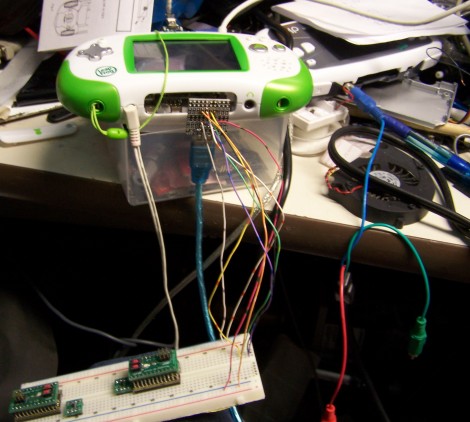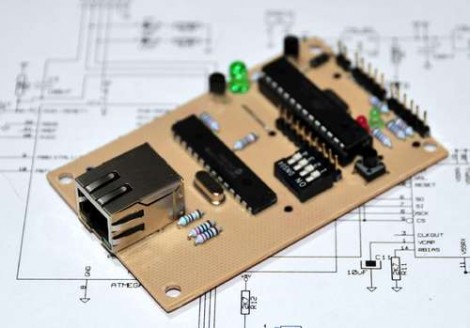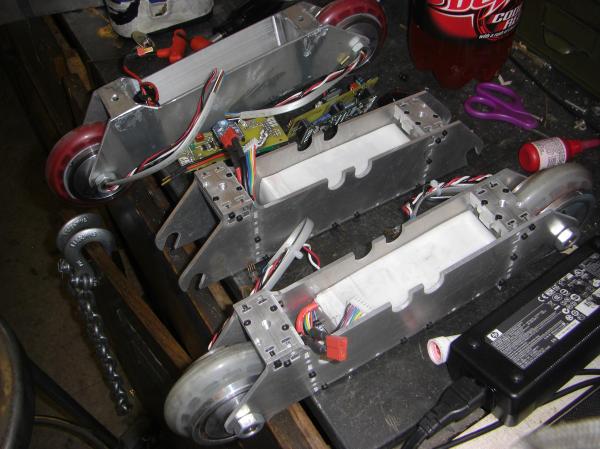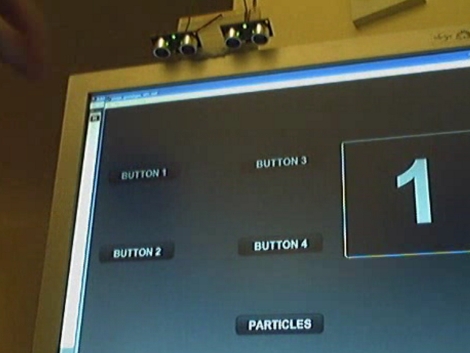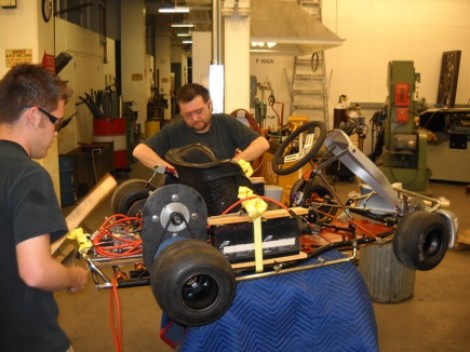
[Henry Herndon] is working on building an electric kart, mostly with surplus parts. He’s got some experience with electric vehicles but that doesn’t mean the build is going without a hitch. So far he’s come up with a way to make the peculiar motor shaft play nicely with his rig but once everything was put together he had trouble with the chain coming off of the cogs.
We know there’s a lot of links here so far but just a couple more: [Henry] took some shots of the kart chassis before adding the motor, and just for fun, take a look at his scotch tape dispenser. When you’re done clicking on those join us after the break for some test drive footage.

